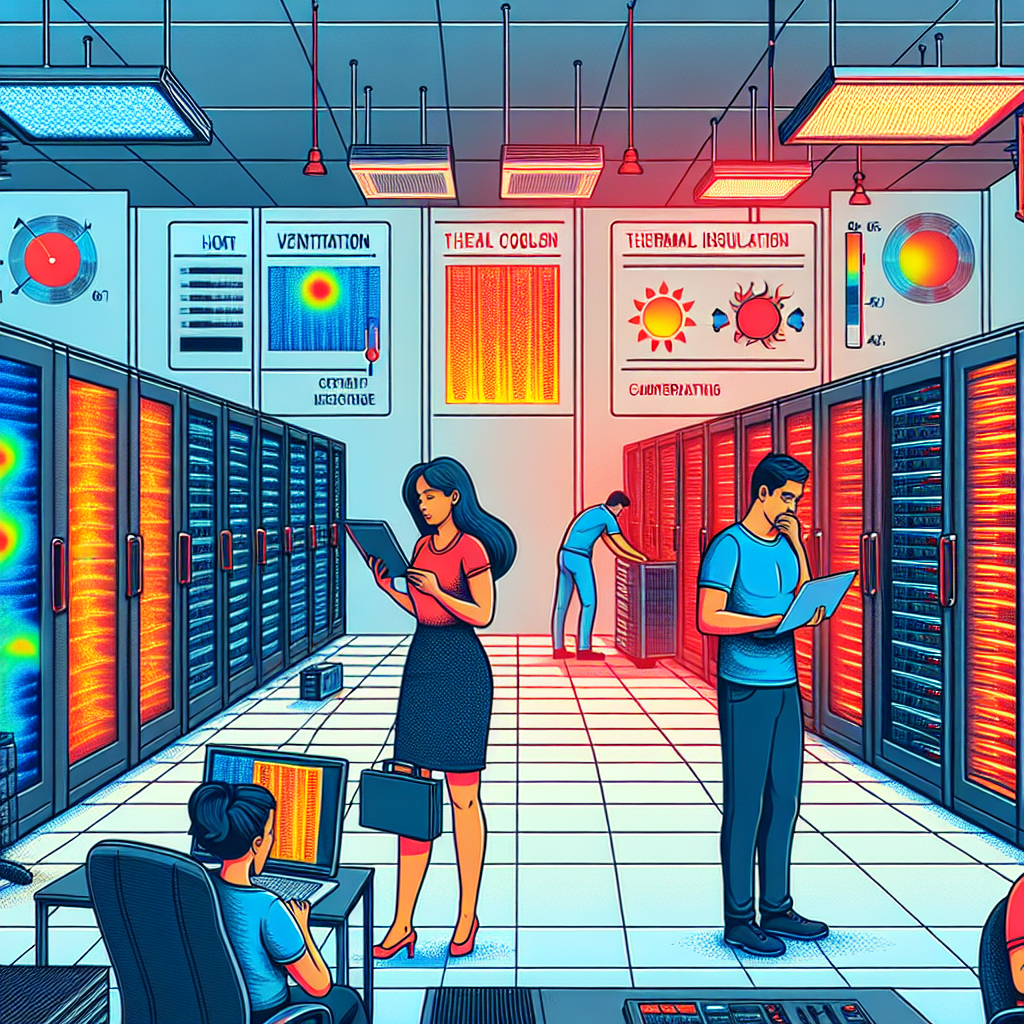Fix today. Protect forever.
Secure your devices with the #1 malware removal and protection software
Data centers are crucial components of modern businesses, housing servers and other equipment that store and process vast amounts of information. However, with this high level of activity comes a significant amount of heat generation. Managing heat in data centers is essential to prevent equipment failure, maintain optimal performance, and reduce energy costs. Here are some best practices for effectively managing heat in data centers:
1. Use efficient cooling systems: Investing in efficient cooling systems is crucial for maintaining a stable temperature in data centers. This can include air conditioning units, precision cooling systems, and containment solutions to direct cool air to where it is needed most. Regular maintenance of these systems is also important to ensure they are working at peak efficiency.
2. Optimize airflow: Proper airflow management is essential for cooling data center equipment. This includes arranging equipment in hot and cold aisles, using blanking panels to seal gaps in server racks, and ensuring that cold air is not being wasted by mixing with hot air. By optimizing airflow, data center managers can ensure that equipment is being cooled effectively and efficiently.
3. Monitor temperature and humidity: Monitoring temperature and humidity levels in data centers is crucial for preventing overheating and equipment failure. Installing sensors throughout the data center can provide real-time data on environmental conditions, allowing for quick adjustments to cooling systems as needed.
4. Implement hot aisle/cold aisle containment: Hot aisle/cold aisle containment systems help to separate hot and cold air in data centers, preventing them from mixing and reducing the overall workload on cooling systems. By containing hot air and directing it away from equipment, managers can improve cooling efficiency and reduce energy costs.
5. Consider alternative cooling solutions: In some cases, traditional cooling systems may not be sufficient to manage heat in data centers. Alternative cooling solutions, such as liquid cooling or free cooling, can be effective alternatives that offer higher efficiency and lower energy usage. Data center managers should consider these options to find the best fit for their specific needs.
6. Regularly clean and maintain equipment: Dust and debris can accumulate on equipment over time, obstructing airflow and causing equipment to overheat. Regular cleaning and maintenance of servers, cooling systems, and other equipment is essential for preventing these issues and ensuring optimal performance.
In conclusion, managing heat in data centers is a critical aspect of maintaining the reliability and efficiency of these facilities. By implementing best practices such as efficient cooling systems, optimized airflow, temperature monitoring, and regular maintenance, data center managers can ensure that their equipment remains cool and operational. By taking proactive steps to manage heat, businesses can minimize the risk of downtime and costly equipment failures, ultimately improving the overall performance of their data centers.
Fix today. Protect forever.
Secure your devices with the #1 malware removal and protection software

Leave a Reply
You must be logged in to post a comment.